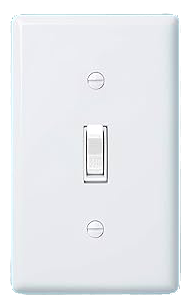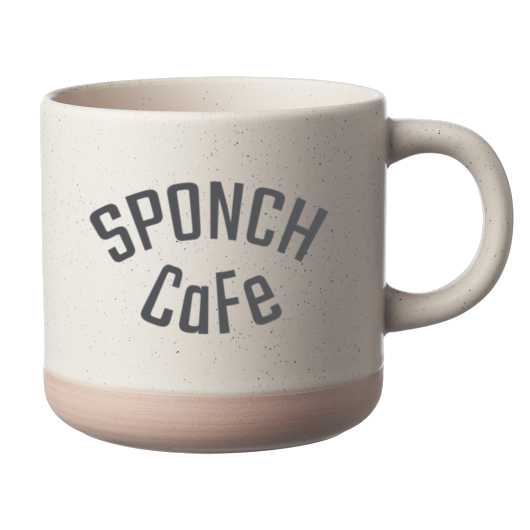




















Welcome to an explorable explanation of the world of fungus! The windows work just like normal desktop windows.
(If you ever get too lost, reload the page. If anything gets too laggy, close some tabs.)
FAQs
What is this place?
This is a digital toybox in the shape of an old-fashioned laboratory. Everything in here is interactive- and everything is about fungi. The real world is similar.What are fungi?
Fungi:
No, I mean WHAT ARE FUNGI?
Fungi are a deeply strange sort of life that is neither plant nor animal.
Fungi are closer related to human beings than they are to trees.
Fungi are everywhere, in almost everything, and are an essential component to every ecosystem.
Give me the scientific definition.
Fungi are a kingdom of life uniquely defined by possessing polarisomes, a cellular protein complex used in directional filamentous growth.(Harris, 2005)What can I do here?
Mess around in a digital lab and poke at fungi until something happens. Have fun!
DISCLAIMER
I am a college student studying mycology, and while I have done my research, this website is for entertainment purposes only. Please do not eat a random wild mushroom without knowing EXACTLY what it is! I do not claim that this website is enough to identify mushrooms.
What is this?
This is a compound microscope. It has multiple different lenses on a body that can rotate to change the lens. Compound microscopes are useful because you can look at things using both high and low zoom levels. You can magnify enough to see details on individual cells.
A collection of books about fungi.
Tastes like dirt.
It's locked with a small electronic padlock, with eight letters on the dial. Enter the password?
The researcher in charge of this laboratory must keep the password around here somewhere...
What is this?
This is a map of observations of wild fungi and lichens, sourced from the citizen science database iNaturalist. "Citizen Science" is the practice of having volunteers submit data (like photos of wild mushrooms) at a large scale, which is then analyzed by professional scientists. Individual foragers, hikers, and observant people all around the world have sent in photos of fungi to the database. Scientists can use this data to keep track of species for conservation!
(Di Cecco, 2021) , (Van Horn, 2018)
Grilled cheese sandwich and a salad with bleu cheese dressing. Looks tasty.
This doesn't have any mushrooms in it.
No mushrooms at all. But it DOES have fungi.
Bread
Bread contains yeast - yeasts are single-celled fungi.
Cheddar cheese
This one doesn't contain any fungi. Cheddar is fermented with lactobactillium, which is a bacteria, not a fungus.
Salad greens
The salad might not seem to involve fungi, but all of these greens grew up with symbiotic fungi connected to their roots.
Bleu cheese dressing
Bleu cheese is one of the rare cheeses that use fungus in the ferment instead of just bacteria.

